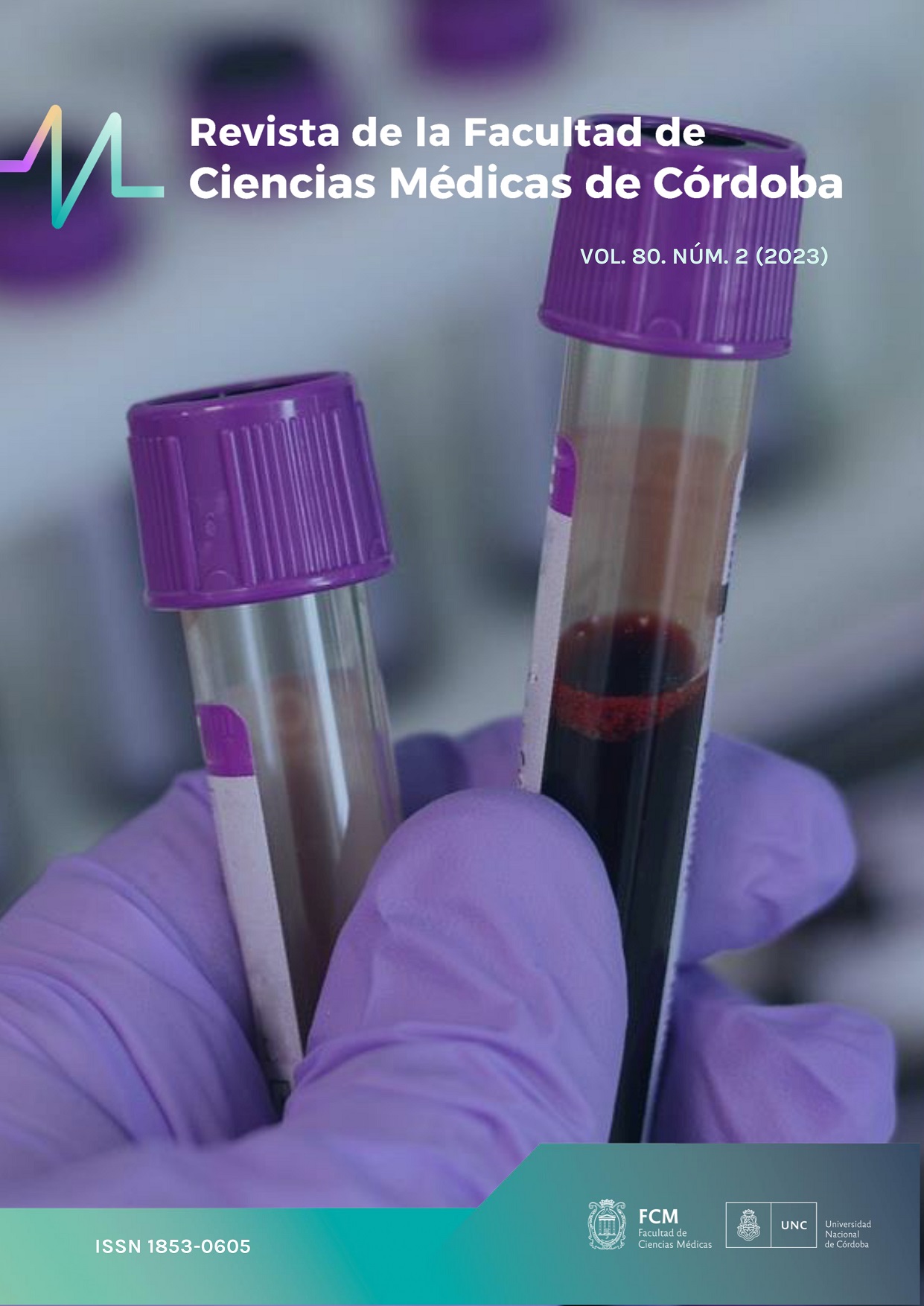Evaluation of macroautophagy in an experimental model similar to lupus nephritis
Keywords:
LUPUS ERITEMATOSO SISTÉMICO, NEFRITIS LÚPICA, BECLINA 1, LC3, MICROSCOPIA ELECTRÓNICA DE TRANSMISIÓNAbstract
Systemic lupus erythematosus (SLE) is a complex and frequent autoimmune disease, presenting with lupus nephritis (LN) in 30-60% of patients. Macroautophagy, a mechanism for the degradation of intracellular contents, is deregulated in numerous metabolic, neurodegenerative, cancer and autoimmune diseases. Although autophagy has been shown to be involved in its pathogenesis, to what extent it is present in target organs remains uncertain. We set out to analyze and describe the presence of macroautophagy in an NL-like experimental model.
Male and female knockout mice for Galectin-3 of 8 months of age (n: 6 for each sex) were used, in which ANAs and renal functional compromise (proteinuria and increased creatinine) have been described, being the controls (C) mice of both sexes of the B6 strain (n: 6 per sex). The methodologies used for the evaluation of macroautophagy were: transmission electron microscopy (4% Karnovsky fixative, embedding in epoxy resins, contrast with heavy metals, observation in a Zeiss Leo 906-E electron microscope) and immunohistochemistry in paraffin for Beclina-1 and LC3, determining the number of immunopositive cells per tubule, counting between 710 and 790 tubules per control and experimental group. Statistics: mean and SD, Mann-Whitney test (two groups quantitative variable, unpaired, without normal distribution). p<0.05. Protocol approved by CICUAL-University of San Martín.
Histopathological evaluation demonstrated, in both male and female NL-like mice, immune complex-mediated mesangial proliferative glomerulonephritis and chronic tubulointerstitial nephritis. The ultrastructural analysis of the experimental groups, unlike the control group and regardless of sex, demonstrated vesicular elements in tubules compatible with macroautophagic vesicles. Both Beclin-1 and LC3 were immunodetected in the renal tubular epithelium, with a significantly higher number of immunopositive cells in the NL-like experimental model compared to the control (example Beclin 1 male C:5±3; NL-like:20±7 *, female C:7±2, similar-NL:25±4** *p<0.05 vs C and **p<0.05 vs C).
We can conclude that in the NL-like model the macroautophagy mechanism is increased compared to control animals, possibly linked to the proteinuric state of this strain, and may also contribute to the chronic interstitial damage described.
Downloads
References
.
Downloads
Published
Issue
Section
License
Copyright (c) 2023 Universidad Nacional de Córdoba

This work is licensed under a Creative Commons Attribution-NonCommercial 4.0 International License.
The generation of derivative works is allowed as long as it is not done for commercial purposes. The original work may not be used for commercial purposes.



